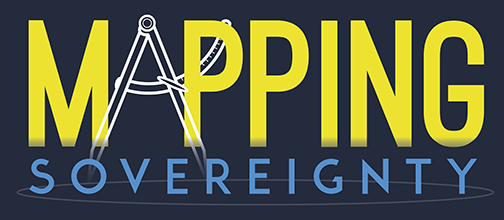 Hometown: Indianola, IA
Hometown: Indianola, IA
Class of 2017
Major: Classics, History
I have been working with the lab for this semester. I soon became interested in the early history of Newfoundland and the British charters surrounding its settlement and that has been my contribution to this project. My primary area of interest is classical history and languages, but the lab has greatly expanded my focus. This was my first experience working in the digital humanities, and it helped me better understand both the benefits and limitations of digital technology in our modern making of history.
Most college undergraduates do not have to opportunity to do real research. Often, if they do, it is only in assisting a professor or lab with set objectives and tasks for a research assistant to do. In the Mapping Sovereignty lab, this was not the case. It was made very clear throughout the semester that the intellectual goal, the final project, and the nature of the process were at the discretion of the group. Our advisers (Prof. Philip Stern and Andrew Ruoss) moderated group discussions but left most of the decision-making up to the students. In this way, we learned how complicated real research is and how much time it takes. It took us the majority of the semester to narrow in on how we wanted to treat this database of charters and what we wanted a final project to look like. We started with a database of 100+ charters, with a vague intention of mapping them using ArcGIS or Google Earth.
I don’t think any of us realized just how difficult and ambiguous our goal of “mapping” these charters was. Perhaps the greatest take-away from this semester in the lab is this: we learned first hand how complicated the process of mapping and interpreting historical geographical data is in a modern context. For instance, something that I spent plenty of time thinking through was whether it made sense to map the geographical data of a given charter on the modern map at all. Should we have been mapping these charters on period maps? Would that better enable us to see them mapped as the people writing and reading the charter might have done? Is it too much input on our part to try to put a historical vision of geographical realities on a modern map? In effect, our group opted to map the data from these charters on the modern map in order to show the impracticality of the charters’ demands. In more than a few cases, they show what amounts to — by our modern standards — varying degrees of misinformation.
On a more personal level, the type of thinking and question-asking I just mentioned caused me to step back and think more objectively about our acceptance of maps as factual documents. Even in this reflection, I have referred to the modern map as if it is more factual, more correct than the historical maps. It would be hard to deny this, given the dramatically improved technology with which we have been able to measure and see the world from all angles and distances. But more than anything, it is scary for us to think that we might be like these people of the past. We think our maps are factual, objectively true documents, but so did they. And look at what we say about them now! This has been for me the most enduring thought from my work in the lab, and I’m sure it will remain with me into the coming years.
